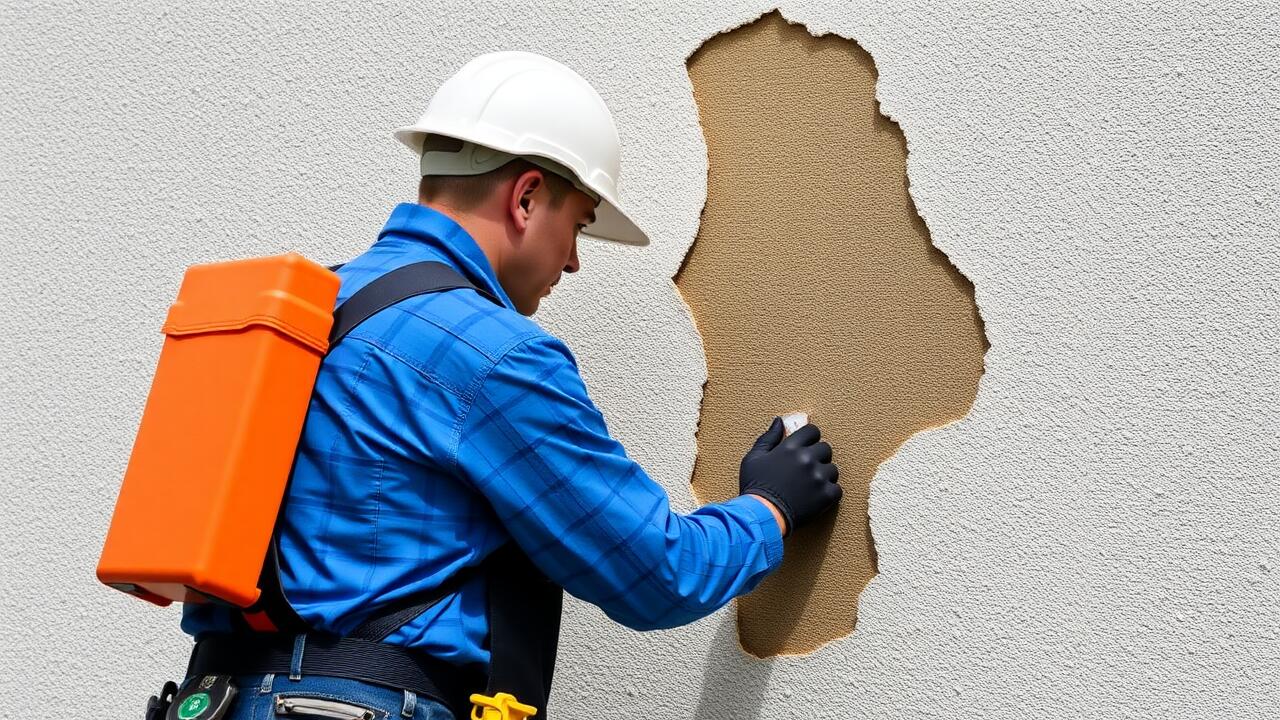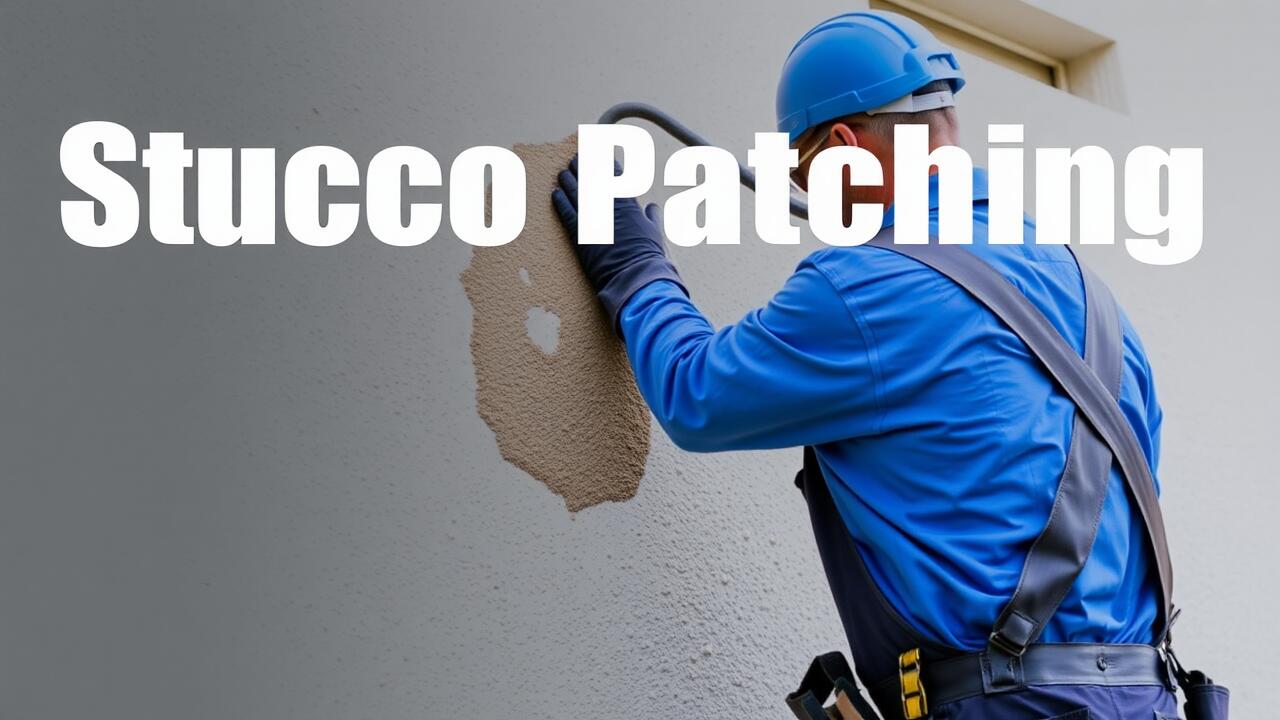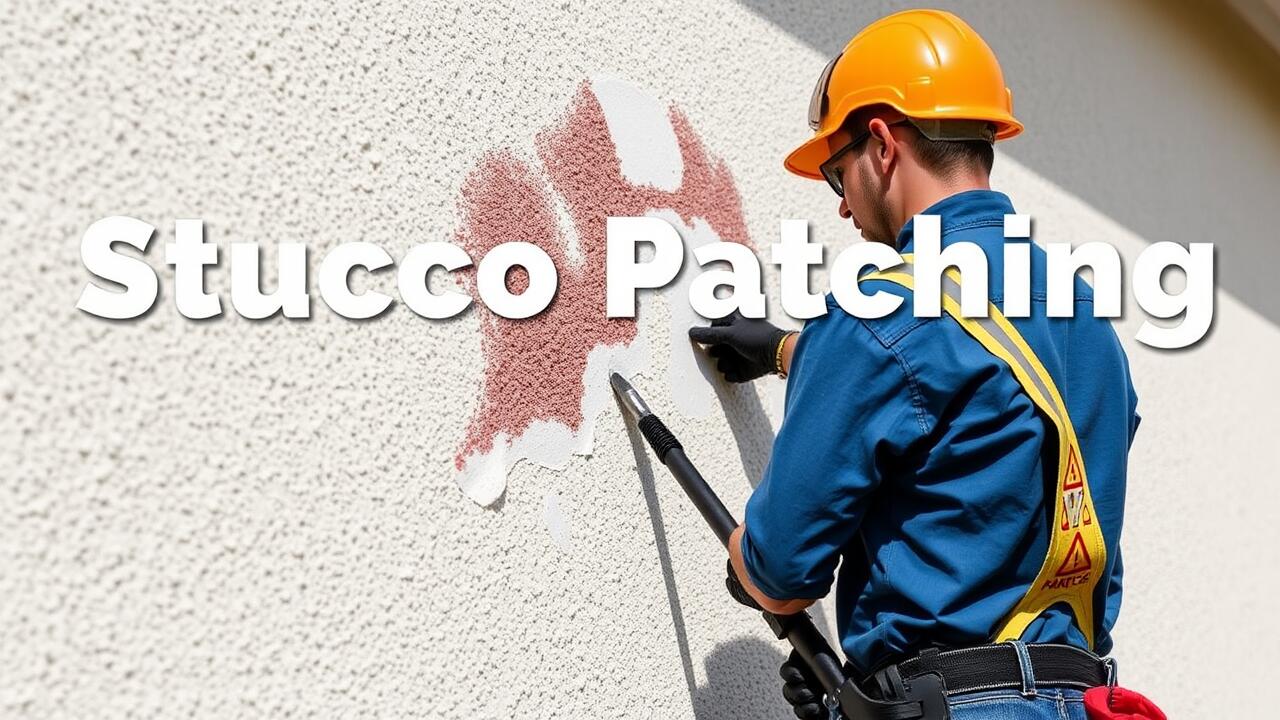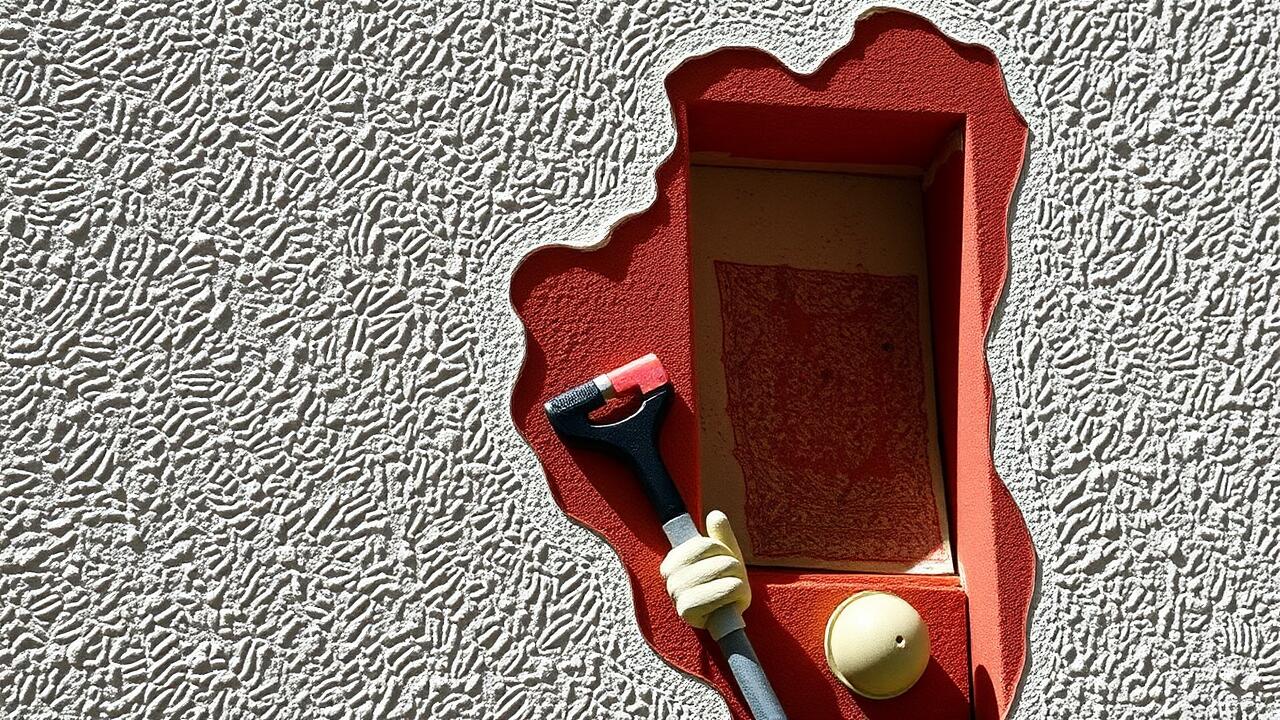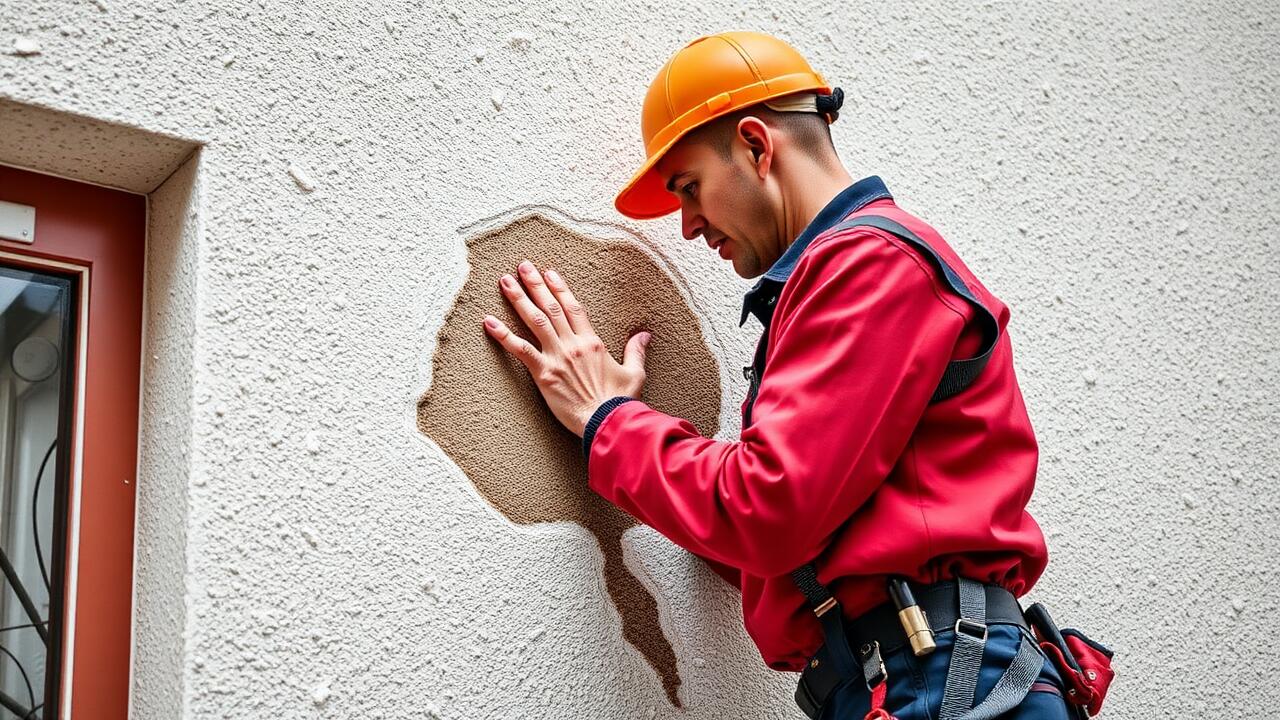
Maintenance Expenses Associated with Stucco
Proper maintenance of stucco exteriors is crucial for ensuring their longevity. Regular inspections help identify issues such as cracks and moisture intrusion early on. In regions like Silver Lake Heights, Los Angeles, stucco patching becomes particularly important due to varying weather conditions. Homeowners should budget for routine inspections, resealing, and repairs to maintain the aesthetic and structural integrity of their homes.
In addition to routine maintenance, unexpected repairs can also contribute to overall costs. The age of the stucco and local environmental factors can lead to deterioration over time. Homeowners in Silver Lake Heights, Los Angeles, might face added expenses if extensive patching is required following severe weather events. Investing in high-quality materials during maintenance can alleviate future costs but can also require careful financial planning.
Long-Term Financial Considerations
Investing in stucco can yield significant long-term financial benefits for homeowners. Durable and energy-efficient, stucco provides a protective barrier against the elements, potentially lowering heating and cooling costs. Properties in regions like Pacific Palisades, Los Angeles may see an increase in value due to the aesthetic appeal and durability that well-maintained stucco offers. Homebuyers often prefer homes with stucco exteriors, viewing them as low-maintenance and visually appealing.
However, it is essential to factor in ongoing maintenance and repair costs associated with stucco. While the material itself is relatively resilient, issues may arise over time, necessitating professional services such as Pacific Palisades, Los Angeles Stucco Patching to maintain structural integrity and appearance. Homeowners must consider these potential expenses when evaluating the overall financial implications of their stucco investment. Balancing initial costs with long-term upkeep can help in deciding whether stucco is the right choice for a property.
DIY Stucco Work
Many homeowners are drawn to the idea of DIY stucco work, viewing it as a way to save on labor costs while gaining personal satisfaction from completing a home improvement project. However, undertaking stucco repairs or installations requires a solid understanding of the materials and techniques involved. Improper application may lead to larger issues down the line, making it crucial to assess your skills honestly before diving into the project. In areas like Van Nuys, Los Angeles, stucco patching can be particularly challenging due to the climate and existing architectural styles.
Cost-effectiveness is another important consideration for those thinking about DIY stucco work. While it may seem initially cheaper to tackle the job yourself, expenses can quickly add up with the need for specialized tools and quality materials. For example, the average cost of stucco finish materials, along with safety gear and potential repairs for mistakes, can exceed the initial budget. Adequate planning and budgeting are essential to ensure that your DIY efforts do not result in more expenses than anticipated.
Tools and Materials Required for DIY Projects
For anyone considering DIY stucco work, understanding the tools and materials required is crucial to achieving a successful result. Essential tools include a trowel for applying stucco, a hawk to hold the mix, and a float for finishing the surface. In addition, safety gear such as gloves and goggles helps protect against dust and debris during the mixing and application process. Purchasing quality materials, like stucco mix and additives for improved durability, is equally important. Home improvement stores often stock these essentials, making it accessible for beginners to gather supplies.
Canoga Park, Los Angeles stucco patching projects typically require a few additional materials to ensure completeness and longevity. Mesh reinforcement may be necessary for larger patches to prevent cracking over time. In addition to this, a bonding agent can enhance adhesion, especially if applying stucco over previously painted surfaces. Understanding the scope of the project can help homeowners budget accurately for these materials and tools. Taking the time to gather everything before starting can streamline the process and improve overall results.
Hidden Costs in Stucco Projects
When considering stucco projects, homeowners often overlook hidden costs that can significantly impact the overall budget. For instance, inadequate surface preparation can necessitate additional materials and labor to address underlying issues like moisture damage or mold. This type of unforeseen expense is common, especially in older buildings where prior damage may not be immediately visible. In areas like Silver Lake Heights, Los Angeles, stucco patching may require specialized attention due to unique environmental factors, further complicating expense estimates.
Moreover, the choice of contractor can introduce variability in pricing that isn't always accounted for upfront. While one company may offer a lower initial quote, they might not factor in the costs associated with permits or inspections. Homeowners may also find themselves paying more for premium materials or finishes that enhance durability and aesthetic appeal. Unanticipated structural repairs can arise during the project, adding to the overall expense and highlighting the importance of thorough planning and realistic budgeting in any stucco endeavor.
Potential Additional Expenses
When planning a stucco project, it's crucial to account for potential additional expenses that may arise beyond the initial estimate. Factors such as unexpected structural issues, the need for extensive repair work, or specialized finishing techniques can significantly drive up costs. In areas like Silver Lake Heights, Los Angeles, where unique architectural styles are prevalent, customizing stucco finishes to match existing designs may also lead to higher expenses.
Moreover, labor costs can vary widely depending on the expertise required for specific tasks. Hiring experienced contractors who specialize in stucco work typically means better quality but can place a strain on your budget. It’s also wise to consider the time factor involved; delays and complications during the project can result in increased labor costs. Keeping these potential additional expenses in mind can help budget effectively and avoid surprises down the line.
FAQS
What factors influence the cost of stucco work?
The cost of stucco work can be influenced by several factors, including the type of stucco used, the size of the area to be covered, labor costs in your region, and any necessary repairs or preparations to the existing surface.
How can maintenance expenses for stucco impact overall costs?
Maintenance expenses for stucco can add to overall costs over time. Regular inspections, cleaning, and occasional repairs can accumulate, making it essential to factor in these costs when considering stucco work.
Is DIY stucco work a cost-effective option?
DIY stucco work can be cost-effective if you have the necessary skills and tools. However, it’s important to consider potential mistakes that could lead to costly repairs later on. If you're unsure, hiring a professional may be a better investment.
What tools and materials are needed for a DIY stucco project?
A DIY stucco project typically requires tools such as trowels, mixing equipment, a spray gun, and safety gear. You will also need materials like stucco mix, wire mesh, and bonding agents, which can add to the initial costs.
What hidden costs should I be aware of when planning a stucco project?
Hidden costs in stucco projects may include unexpected repairs to the existing wall, additional materials for weatherproofing, or hiring professionals for certain aspects of the project. It’s essential to budget for these potential expenses to avoid surprises.
